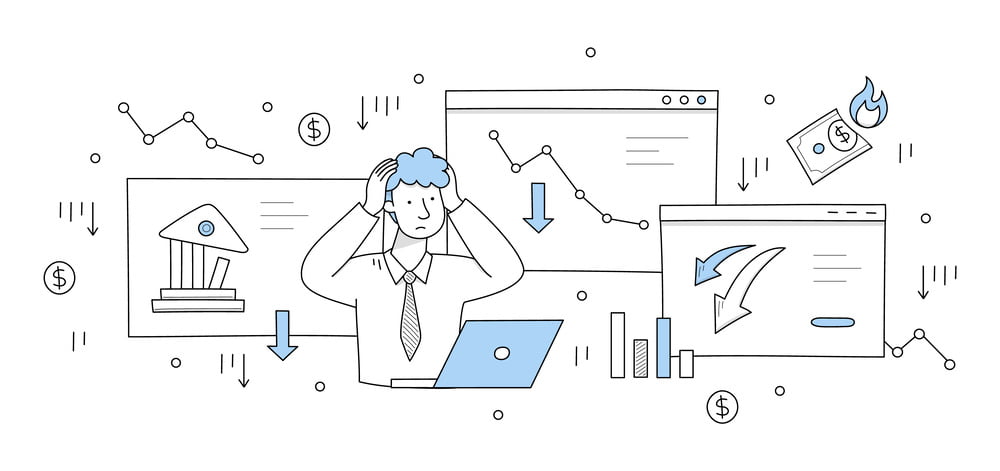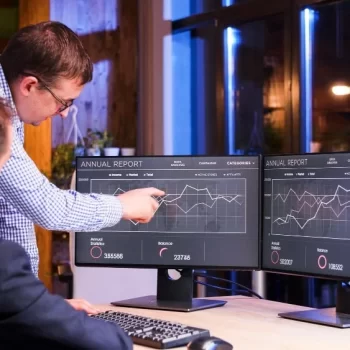IT asset managers are the jugglers of digital transformation. But instead of throwing dangerous objects in the air, they are tasked with seamlessly juggling the acquisition, deployment, maintenance, and disposal of IT assets. It’s a role that requires an eagle eye for detail and a strategic mind, as they track every piece of hardware and software, ensuring each move aligns with the company’s goals.
Unfortunately, these managers often find themselves navigating through complex scenarios, from sifting through mountains of data without real-time access to managing multiple tools. They’re in constant pursuit of highly skilled resources, all while keeping a vigilant eye on security and compliance risks. So, as we step into 2024, the landscape of IT Asset Management (ITAM) demands a fresh perspective.
Of course, a key focus area is the implementation of automation strategies to streamline asset management workflows. It also involves leveraging Gen AI to maximize automation ROI, predictive analytics for lifecycle management, blockchain for secure record-keeping, and IoT integration for real-time asset tracking. Such integrations promise to bring about a significant shift in how IT assets are managed.
Related blog: From Waste to Wealth: IT Asset Management’s Dollar-Saving Secrets
However, as far as the top functional priorities of 2024 are concerned, here are five key areas that IT asset managers must focus on:
1) AI-driven integrated ticketing

The importance of an integrated ticketing system in IT asset management cannot be overstated. The need of the hour is a fully integrated system that offers multi-channel support, including AI-powered chatbots and enables intelligent issue reporting and resolution.
For example, a business might employ a sophisticated ticketing system where employees interact with AI chatbots to report IT issues. These chatbots, equipped with natural language processing capabilities, can discern the nature of problems and automatically route tickets to the appropriate teams. This streamlines workflows while enhancing the user experience, leading to increased satisfaction and productivity.
2) Agent-based discovery
In-depth insights into IT assets are crucial for practical journey management, and agent-based discovery tools provide just that. These tools delve into asset utilization at a granular level, tracking usage data and ensuring no compromise on network quality or availability. For instance, an organization could deploy an agent-based solution that closely monitors software usage across different departments, pinpointing underutilized or redundant licenses.
This data can then be leveraged to make informed decisions on software investments, leading to significant cost savings and the optimization of IT resources.
3) Advanced access control
Robust access control is a cornerstone of secure IT asset management. Implementing least privilege access principles, coupled with advanced authentication and authorization protocols, significantly reduces the risk of data breaches and compliance violations. An ITAM manager could oversee the implementation of an access control system that employs multi-factor authentication, biometric verification, etc., for granting access to sensitive systems.
This approach solidifies security governance and ensures that access rights are granted according to user roles and responsibilities, thus maintaining a high level of compliance and operational integrity.
4) Low stock alerts

The implementation of low stock alerts is a critical strategy for maintaining continuous IT asset availability and preventing business disruptions due to understocking. This system, ideally automated, proactively monitors stock levels of crucial IT components, ensuring that supplies never fall below a designated threshold. When integrated with predictive analytics, such a system can forecast future stock requirements based on historical usage data, seasonal fluctuations, and upcoming business needs. This allows for more accurate and timely reordering, preventing both overstocking and stockouts.
An example would be setting up a real-time monitoring system that sends immediate notifications to the ITAM team when inventory levels of critical components approach critical lows. This system could be further enhanced with machine learning algorithms that learn from inventory patterns.
5) End-to-end vendor management
Thorough vendor management is key to maximizing the value of ITAM vendors. Monitoring performance through real-time data helps in avoiding contract oversights and setting clear, measurable KPIs for vendors, ensuring transparency in operations. For instance, implementing advanced analytics and AI-driven tools can evaluate vendor performance dynamically, identifying current and predictive performance trends.
A company could use a comprehensive dashboard that tracks vendor performance against agreed-upon metrics, providing a clear view of each vendor’s contribution to IT operations. This level of oversight helps in proactive decision-making, ensuring that IT investments align with business goals and deliver expected results.
Related blog: A Comprehensive Guide to IT Asset Management
Final Thoughts
Hence, as we navigate the complexities of 2024, these priorities will guide ITAM managers in managing their IT assets, aligning technology with business objectives, and overcoming prevalent challenges. So, they can look forward to navigating their roles with greater competence and foresight, ready to capitalize on planned and unexpected opportunities.



















